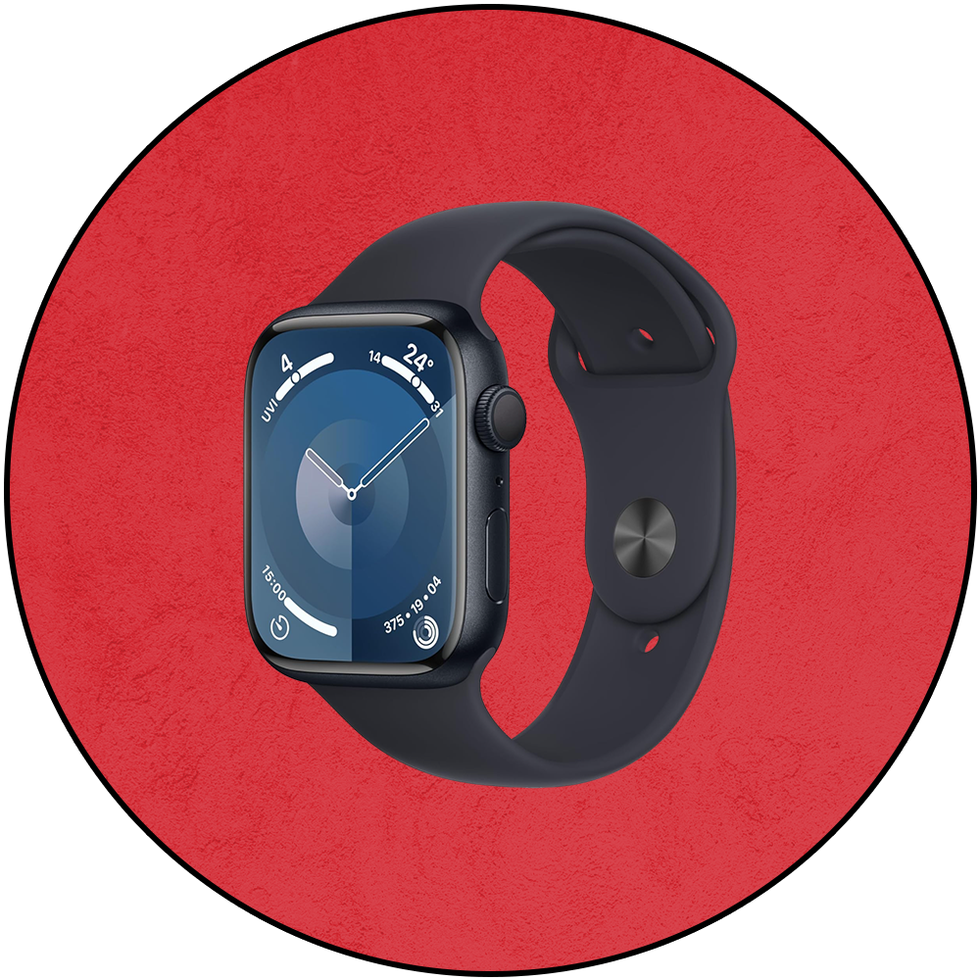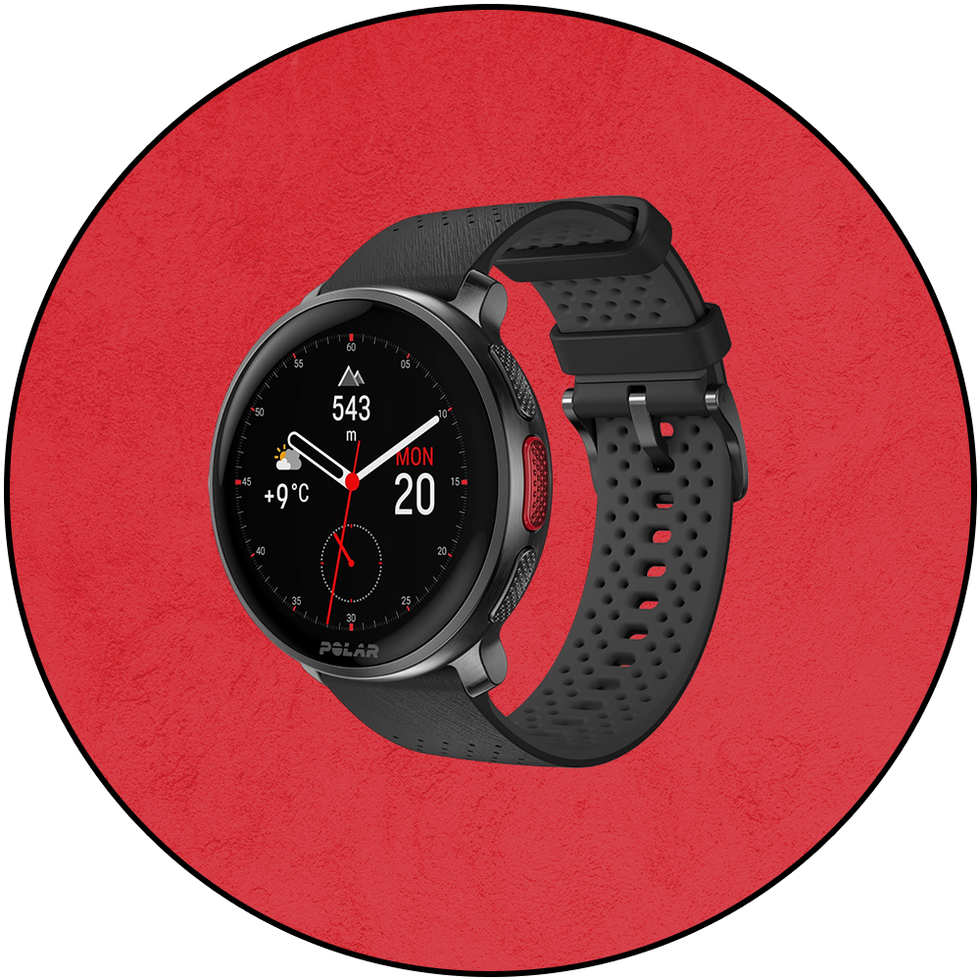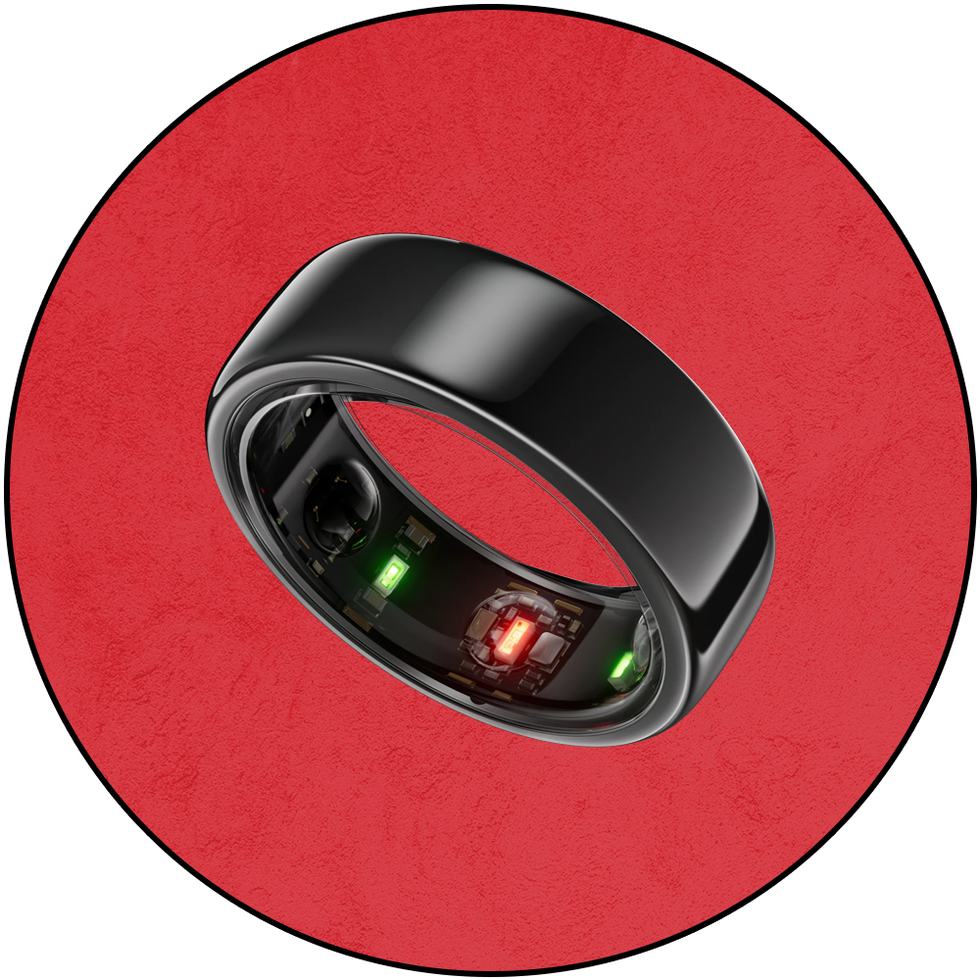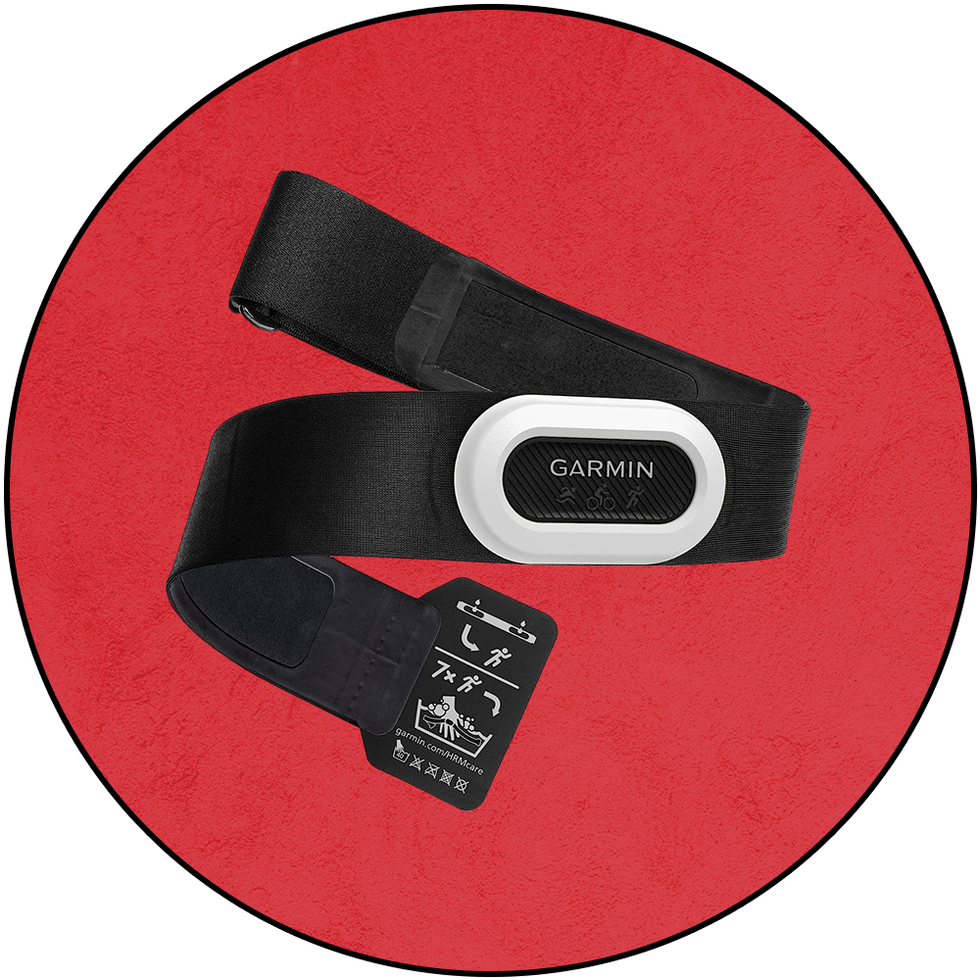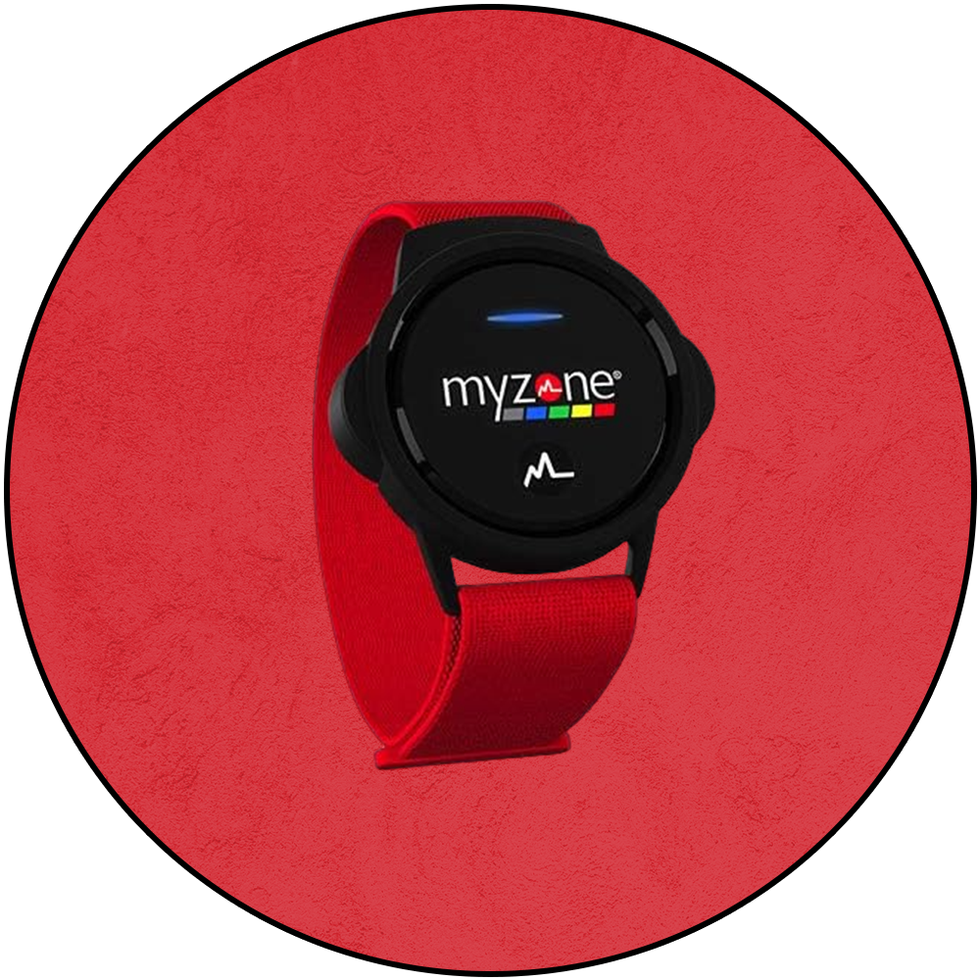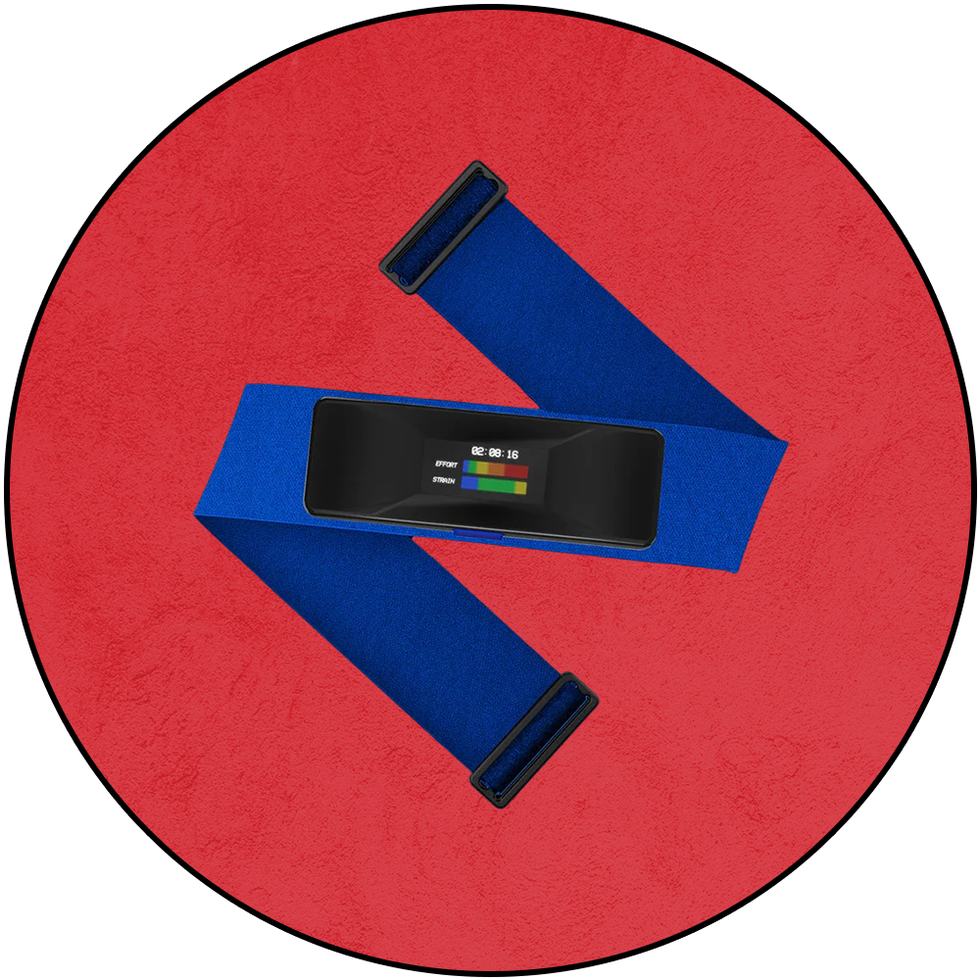Wearable technology has changed the way we get fit. From basic fitness trackers and GPS running watches to armstraps loaded with biometric sensors and recovery tracking smart rings, we’ve never had so many tools to monitor our every move – in and out of the gym. Armed with these little labs, everyone now has access to elite level insights at the raise of a wrist or the swipe of an app. The only struggle is finding the fitness gadgets that best suit your goals. So, we’re here to help.
In this guide we’ll walk you through all the different options, the major fitness metrics they track and recommend some of the best fitness wearables you can buy right now.
How We Test Products
All products featured in this guide have been either rigorously tested in our state-of-the-art Men’s Health Lab testing facility or personally by our team of fitness experts and editors.
Fitness Gadgets and Their Main Metrics, Explained
Fitness trackers now serve up a vast array of fitness, health and wellbeing metrics. Here are a handful of the essential fitness metrics explained.
Heart Rate Variability (HRV)
A measure of the variation in time between heartbeats, HRV is a window into the flexibility of your cardiovascular system. Monitoring HRV – and how it trends against a longer term baseline – can reveal how well you’re responding and recovering from stressors. Higher HRV is associated with better health, indicating your heart’s ability to adapt to stress from training and life in general. A lower HRV may suggest stress or fatigue.
Readiness
A trendy new metric that you’ll find on everything from Whoop and Garmin to the Oura smart ring, readiness attempts to reveal how ‘ready’ you are for the exertion of the day ahead. Scores are generated using a combination of data, including sleep quality, heart rate variability, activity, body temperature and resting heart rate. Generally served up each morning, they often come with guidance on whether to rest or train. There are some big limitations of readiness though.
Stress and Strain
Stress is another relatively new metric the wearable boffins have tried to master. Devices like Garmin, Whoop and Oura attempt to quantify our stress levels in real time with readings that tend to be based on comparing your HRV at any given moment, to a baseline. Whoop also offers a workout-based Strain score that combines your heart rate readings with motion sensor data to estimate the cardio and muscular load of your session.
Recovery Time Estimates
Many watches serve up recovery time recommendations immediately post workout, based on workout data like heart rate and VO2 max scores. This is the amount of time your watch estimates you should rest before you’re 100% back to your best and ready to go again. It’s designed to prevent overtraining and some devices offer adaptive recovery times that improve with good sleep and rest.
VO2 Max
VO2 max is a measure of the maximum oxygen you can use during intense exercise. Used as a benchmark of cardiovascular fitness, a higher VO2 Max reflects better oxygen efficiency and endurance. Fitness trackers estimate VO2 Max mainly through a combination of heart rate monitoring and algorithms that factor in age, weight, duration and intensity of workouts. Remember these are estimates and best used for benchmarking progress.
Sleep Scores
Most trackers serve up some form of sleep tracking with an overall sleep score (often out of 100), along with a breakdown of how long you spent in each sleep stage, estimates of how long it took you to nod off and your wake-up time. But be warned: there’s huge variation on the accuracy, with studies suggesting sleep trackers are only accurate 78% of the time compared to lab-grade sleep trackers.
Fitness Watches and GPS Sports Watches
Fitness watches cover a broad range of devices, with everything from entry level Fitbits that monitor the activity basics, right up to £1,000+ adventure-ready Garmin sport watches and fitness-friendly smartwatches.
What to Look For
Your tracker should handle the basics well. That means accurate optical heart rate, GPS and decent battery life (more than a day at least). Beyond that, size, comfort and durability are important. Then you can get into things like whether you need extra sensors such as skin temperature or blood oxygen monitoring. Or extra smarts like music and contactless payments.
Smart rings
Smart rings are still a fairly new concept that cram a watch’s worth of sensing tech into compact finger bling. If you want the insights and advice but aren’t sold on the style statement of regular sporty watches and fitness trackers, a more discreet smart ring might be the answer.
Stick on a smart ring and you can see the impact of all your lifestyle choices – good and bad. From late evening gym sessions and those weekday cheeky pints, to consistent bedtimes and early morning walks, the choices you make affect your sleep, stress, training and recovery. The rings – in theory at least – see it all.
What to Look For
Your top smartring priorities should be style (it’s got to look right), sizing and comfort. You need to wear them 24-7 to extract the full benefit of the tracking insights. Because there’s no screen to dig into that bio-feedback, the app is also critical. It pays to have a look at that before you invest. Also, bear in mind that some rings lock the most meaningful data behind a subscription.
Heart Rate Monitors
Heart rate monitors (HRM) were the OG fitness trackers. We were strapping on BPM tickers even before we clipped on basic pedometers.
In essence, not much has changed with HRMs – chest straps still track and beam ECG-based heart rate reads to watches and other devices. The biggest shift is the arrival of more versatile optical-based arm straps that can be worn on the forearm, biceps, and some can even be strapped to swimming goggles for more accurate reads in the pool. The top end HRMs will also now track things like running form metrics.
What to Look For
Accuracy is king here. That’s a non negotiable. And for the best accuracy a chest strap is the only way to go. Particularly for high intensity, high movement workouts with lots of gear shifts. Arm-based optical HRMs struggle when you start to move your arms a lot. Next comes comfort and practicality. Sometimes it’s easier to wear a strap on your bicep even at the cost of some accuracy. Some HRMs use coin-opp batteries that’ll last a year, others offer USB charging. Finally, factor in connectivity – what and how many Bluetooth devices will your strap sync to.
Workout Wearables
Whoop 4.0
The screenless, wrist-worn Whoop strap tracks workouts, sleep and overnight recovery via a combination of sensors that includes an optical heart rate sensor. But it’s the real-time strain score that appeals to many workout warriors.
The idea is to gauge your accumulated daily exertion from your workouts – and the grinding rigours of everyday life – to make it easier to spot when it’s smart to push or when it might be time to ease off in your training schedule.
Whoop serves up loads of daily data in shiny graphs but even for someone who’s tested fitness trackers for a decade, it can be an overload and hard to pluck out the actionable insights. And that strain score suffers from the same reliability problems as the readiness scores on most fitness watches. If one data point isn’t accurate, nor is your daily readiness readout.
There’s also a range of workout apparel that lets you swap where you wear your sensor for convenience and accuracy. Having the choice is great but that’s somewhat ruined by a fiddly strap design that makes moving it to and from the smart gear a surprisingly frustrating affair.
Prevayl
Prevayl’s sensor-packed pods slot into small pockets in special gym gear including vests, t-shirts and shorts. It uses heart rate to track your workouts and serve up daily training and recovery insights, along with other common readouts like a body check test that uses heart rate variability (HRV) to assess your ‘readiness’ to train. But there’s no all-day strain or sleep insights like you get with Whoop.
One of the benefits of Prevayl – if you opt for training tops – is that it tracks closer to the heart, using electrodes integrated into its gear where you’d usually wear a chest strap. Prevayl says it samples ‘four times more ECG data than any other wearable’.
Other handy features include the ability to set long term targets for time spent at specific heart rate intensities – excellent if your training requires disciplined adherence to balanced training zones.
- The Men’s Health Guide to Recovery Tech
- The best fitness trackers and watches for tracking your workouts
- The best Garmin watches to buy in 2024
- The best Apple watches for tracking your fitness
- The best Garmin alternatives: Coros, Suunto, Polar and More
- The best heart rate monitors for more accurate workouts stats
- Whoop 4.0 review: Is it worth the cost?
- Oura Ring review: Here’s Why You Should (and Shouldn’t) Buy One
->Google Actualités




